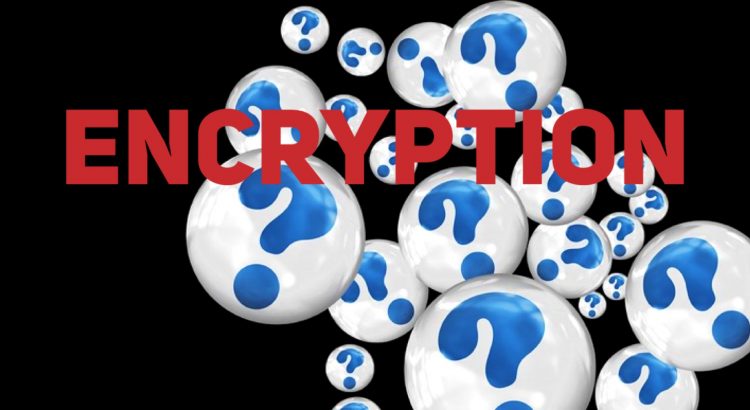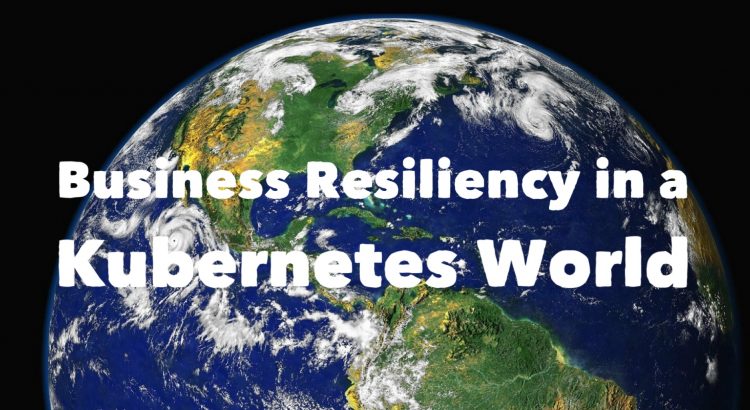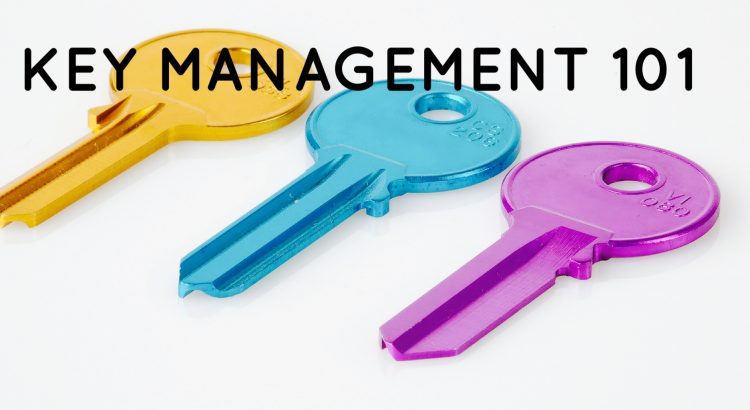We here at SNIA know that everyone is getting a tad stir crazy sitting at home. However, there are still some great opportunities to learn while you’re trying to decide which wall of the home office to face tomorrow. SNIA Compute, Memory, and Storage Initative (CMSI) member company Intel is offering some excellent resources for those interested in programming persistent memory using the open-source Persistent Memory Development Kit (PMDK).
Intel is hosting a virtual forum on PMDK, along with the Storage Performance Development Kit (SPDK), and vTune Profiler tools. This is a great opportunity to meet virtually with the teams who are developing the tools as well as the community building applications. The Virtual Forum runs June 23-35, with special focus on PMDK on June 25th. There are a variety of exciting sessions all three days.
Read More



 ) has not been resting on any laurels. Work has been ongoing, and several updates are worth mentioning. And that’s exactly what the
) has not been resting on any laurels. Work has been ongoing, and several updates are worth mentioning. And that’s exactly what the 




